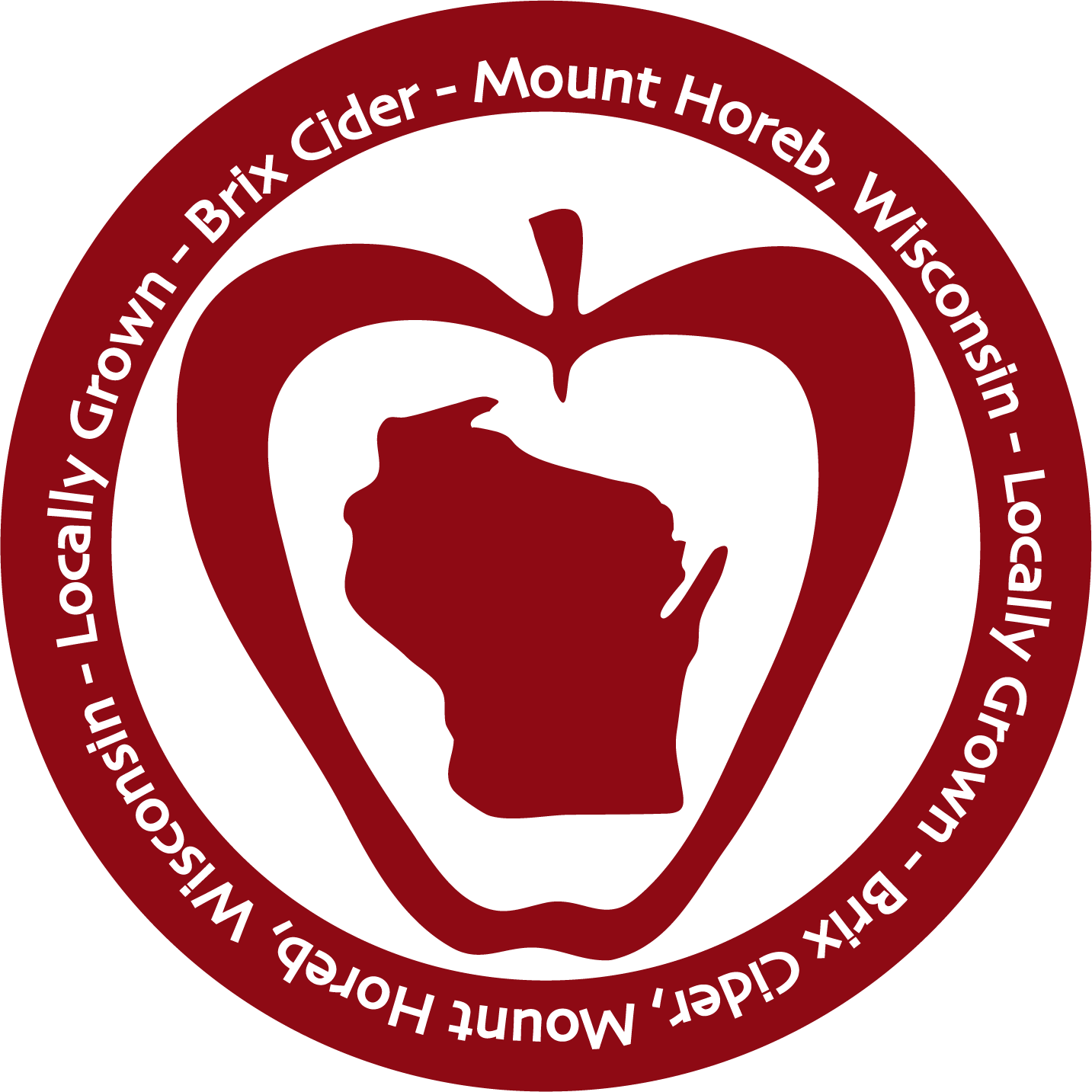Uncommon Crops, Uncommon Beverages
Explorations in Making Craft Hard Cider with Uncommon Perennial Crops in Wisconsin
Background
We believe that two hallmarks of sustainability in agriculture are diversity and perennial cover. As craft beverage producers, we are always looking for new local flavors to explore, and with our focus on sustainability, we’re particularly excited about flavors that come from diverse, perennial crops.
With support from a SARE Farmer Rancher grant, we set out to explore 13 uncommon perennial crops that might have potential for greater use by local farmers, potential for environmental sustainability, and possible new market opportunities in the craft beverage industry based on their flavor profiles. We made small (approximately 50 gallon) batches of hard cider that each included one of the uncommon crops. We took notes on all the batches. We surveyed consumers to see which ones they liked. We assessed the batches with a tasting panel that included farmers and other craft beverage producers. We tapped our growers’ existing knowledge and research about each crop, and we put together this report to share our findings.
Methods
Our methods were not highly scientific. Each batch was made differently, and each batch had different apples as a base for the cider. We tried to work with what each uncommon crop gave us in terms of flavor profiles, and we tried to incorporate the crops into the ciders in practical ways that would also extract color and flavor. We often did not know exactly how each crop would interact with the cider, and we learned some things as we went. In spite of the lack of intense scientific rigor (and some wrenches that COVID through into our original plans as this project unfolded), we think growers of uncommon crops and other craft beverage producers will find some insights in looking at the results of our study.
All of the crops were either grown or foraged locally. The uncommon crops that we worked with included the following:
Blackcap
Black Cherry
Black Currant
Cornelian Cherry
Elderberry
Elderflower
Highbush Cranberry
Persimmon
Sapalta Plums
Saskatoon
Seaberry
Wild Bergamont
Wild Blackberry
The ciders were not all made at the same time, and they were done over the course of two years. We featured the ciders, usually one or two at a time, in Brix Cider’s tasting room in Mount Horeb, WI, alongside other ciders on tap, and we collected informal customer feedback throughout the process. After the last ciders were produced, we also put out a survey to customers where they simply rated the ciders from 1 “I hated it” to 10 “I loved it.” We didn’t have a large survey response (only 25 customers), but we do think that those 25 responses represent committed customers who really paid attention to the ciders through the course of the study. We also did a focus group tasting with farmers and craft beverage producers where several of the ciders were evaluated in more depth, and each taster recorded their descriptions.
Results
Over the course of the project, we estimate that over 1,000 customers came in and tried a cider made with an uncommon crop that they had never tried before. In this way we were opening people up and exposing them to new possibilities and educating them about uncommon perennial crops.
Results of the customer tasting survey are included in the graph below.
Of course the above graph does not accurately capture the potential of each crop as it doesn’t factor in how the cider was made, how a future drink could be made differently, or the horticultural potential of each plant in local agroecosystems. That said, it is a simple point to jump off from.
Below, each of the crops and ciders are described in more depth. Click on the picture associated with each crop to read a little about it, how we made the cider, how the cider turned out, how people rated and described each cider, and what potential we think each crop has for further use in the craft beverage industry.
Conclusions
Several of the uncommon perennial crops in this project showed real potential, and we hope this project inspires some growers, craft beverage producers, chefs, gardeners, and cooks to experiment with them as well. Many of the flavors were unique and in some cases potent where a little can go a long way. There are certainly many more delicious things to be made and tried, and to us it’s far more interesting to step outside of the same old common crops and flavors to try something new, especially when some of these crops, being perennial in nature, have the potential to be grown in ways that protect our topsoil and support biodiversity.
















